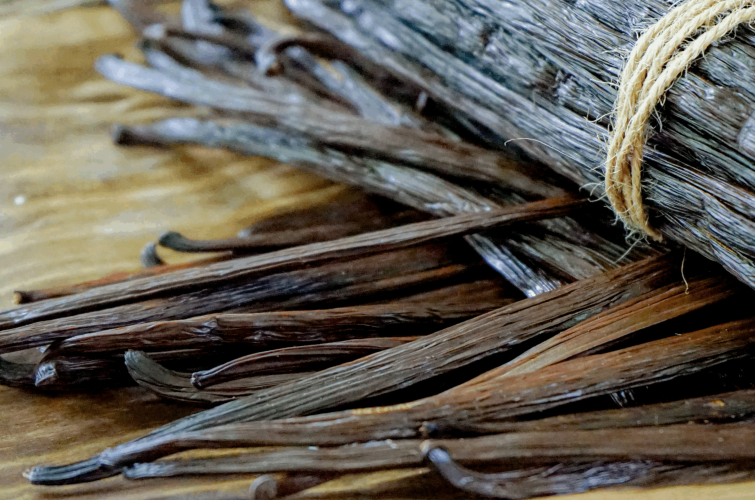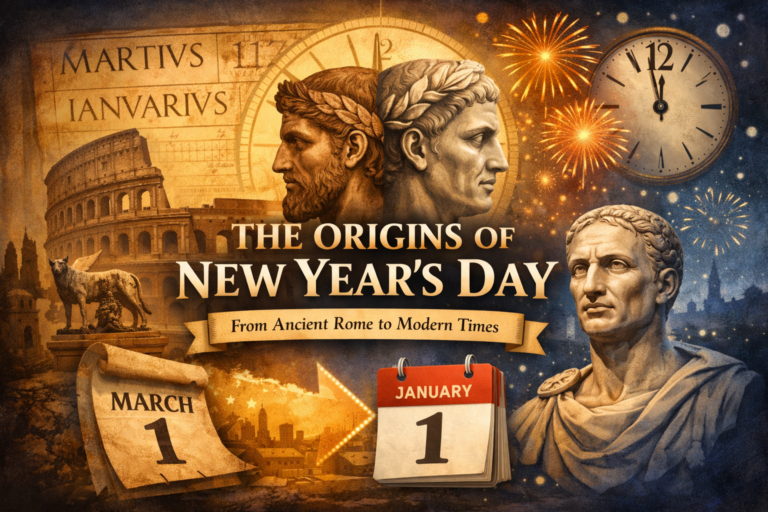Thoughts on Labor Day

Just a heads up: This message is a little vanilla.
No, we don’t mean it’s boring. (Or at least, we hope it’s not!) We mean it’s about vanilla, the ingredient. You know, the one used to make delicious ice cream, chocolate chip cookies, crème brulee, and even coffee when you’re in the mood. The one that comes in those little bottles you used to secretly smell as a kid when nobody was looking. (Or was that just us?)
Vanilla feels like it’s in everything. It’s such a common, familiar flavor that we often use the word as a synonym for something basic or uninteresting, even though society can’t get enough of it. But it’s also one of the most expensive spices in the entire world. Why?
Because as ubiquitous as it is, it is ridiculously difficult to cultivate.
It’s also an example of why we think Labor Day is such a unique and underrated holiday.
Vanilla, in its natural form, is a type of fruit that first originated in Central America. Spanish conquistadors introduced the fruit to Europe in the 1500s, but it wasn’t until the 1800s that vanilla exploded in popularity. And for that, we have one person to thank: A twelve-year-old boy named Edmond Albius…who was also a slave.
In the 1820s, the same decade when Edmond was born, French business owners tried importing vanilla to the island of Réunion, an island off the eastern coast of Africa. But the move was a flop. The plants simply would not bear fruit, because none of the local insects could pollinate them. As a result, it looked as though the entire vanilla venture was destined to die on the vine.
Enter Edmond Albius. Born into slavery, Edmond was also an orphan, whose mother died during childbirth. He never knew his father. But as a young boy, Edmond showed an incredible aptitude for botany. One day, his enslaver, a man named Beamont, was walking through his gardens when he noticed something he’d never seen before: Two vanilla pods growing on a twenty-year old vine…the only vine on his property that was still alive. Beamont asked Edmond how this could be and was shocked at the reply: This twelve-year-old-boy had invented a way to fertilize vanilla plants by hand! The process was like a form of delicate surgery. Using a thin stick or even a blade of grass, Edmond would carefully lift a flap that separated the plant’s reproductive organs, and then, with his finger, smear sticky pollen inside. Here’s how Beamont later described it in a letter:
“In the watermelon, the male and female flowers occur on different plants, and I taught this little boy, Edmond, how to marry the male and female parts together. This clever boy realized that the vanilla flower also had male and female elements and worked out for himself how to join them together!”1
Soon, Edmond was teaching his method to slaves around the island. As a result, in less than twenty years, Reunion was able to export two tons of vanilla beans. In twenty-five years, that number grew to twenty tons. And by the turn of the 20th century? Over two-hundred tons!1
Today, Edmond’s method is still the only way to produce real vanilla. The process simply cannot be automated or done by machines; it must be done by hand in a single twelve-hour period each year. By thousands of hands, in fact, in Madagascar, Indonesia, and other places. And cultivation is just the first step! Planting, tending, and most of all, harvesting vanilla pods involves some of the most back-breaking, labor-intensive work there is. Once those steps are done, the vanilla must also be sweated, dried, cured, graded, and packed. All done by workers; all done by hand; all requiring tens of thousands of hours’ worth of work. All to ensure we have that tiny little bottle of vanilla whenever we need it.
So, what does this have to do with Labor Day? Here’s how we think about it. As you know, we have holidays to celebrate our country. To celebrate love. To celebrate presidents. To celebrate giving and gratitude. But Labor Day is about something even more fundamental. It’s a chance to celebrate each other. To recognize and appreciate that our daily needs and wants are produced by the hard work and ingenuity of ordinary people, here at home and around the world. The food we eat. The clothes we wear. The houses we live in. The cars we drive and the roads we drive on. All this and more are provided for us thanks to the hands and minds of workers.
Edmond’s remarkable discovery eventually helped him secure his freedom, yet despite Beaumont’s efforts to recognize him, the government denied him any official reward or payment. Others even attempted to claim his work as their own. As a result, Edmond sadly lived out his life in poverty. It wasn’t until nearly a century later that historians began to truly grasp the significance of his discovery. Stories like his remind us why we set aside days like Labor Day — to honor the often-unsung individuals whose work shapes our world.
So, as we finish off this year’s Labor Day BBQ with a perfect scoop of ice cream or a delicious helping of peach cobbler, let’s spare a thought for people like Edmond Albius and everyone else who makes it possible. And let’s remember that the holiday isn’t just about having a day off from labor. It’s about giving thanks for the fruits of our labor. Including — but certainly not limited to — one of the most common, ubiquitous fruits of all: the vanilla bean.
From everyone on our team, we wish you a happy Labor Day!
1 “Edmond Albius: the boy who revolutionized the vanilla industry,” The Linnean Society, www.linnean.org/news/2019/10/16/edmond-albius





